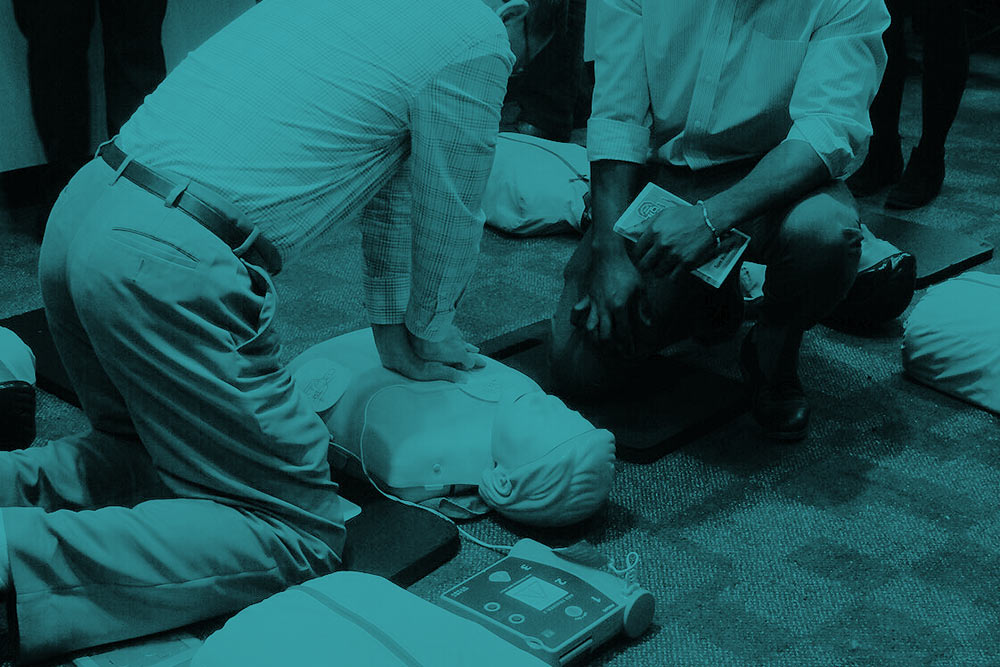
Bystander cardiopulmonary resuscitation (CPR) is critical to increasing survival from out-of-hospital cardiac arrest. However, the percentage of cases in which an individual receives bystander CPR is actually low, at only 35% to 40% globally. Preparing lay responders to recognize the signs of sudden cardiac arrest, call 9-1-1, and perform CPR in public and private locations is crucial to increasing survival from this public health problem. The objective of this scientific statement is to summarize the most recent published evidence about the lay responder experience of training, responding, and dealing with the residual impact of witnessing an out-of-hospital cardiac arrest. The scientific statement focuses on the experience-based literature of actual responders, which includes barriers to responding, experiences of doing CPR, use of an automated external defibrillator, the impact of dispatcher-assisted CPR, and the potential for postevent psychological sequelae. The large body of qualitative and observational studies identifies several gaps in crucial knowledge that, if targeted, could increase the likelihood that those who are trained in CPR will act. We suggest using the experience of actual responders to inform more contextualized training, including the implications of performing CPR on a family member, dispelling myths about harm, training and litigation, and recognition of the potential for psychologic sequelae after the event.
https://www.ahajournals.org/doi/10.1161/cir000000000000105






